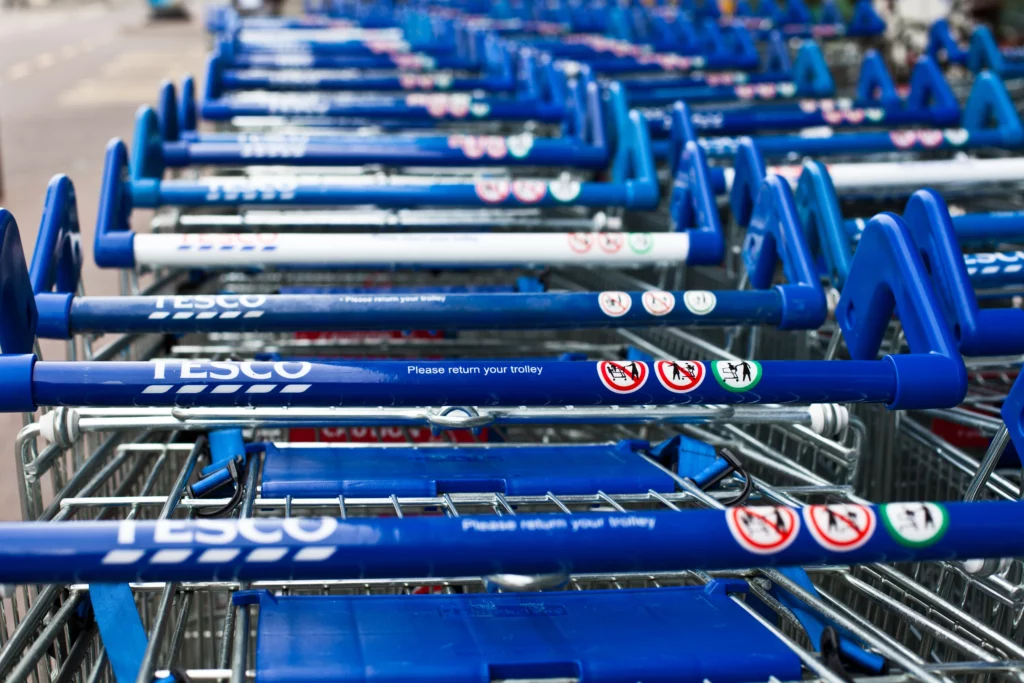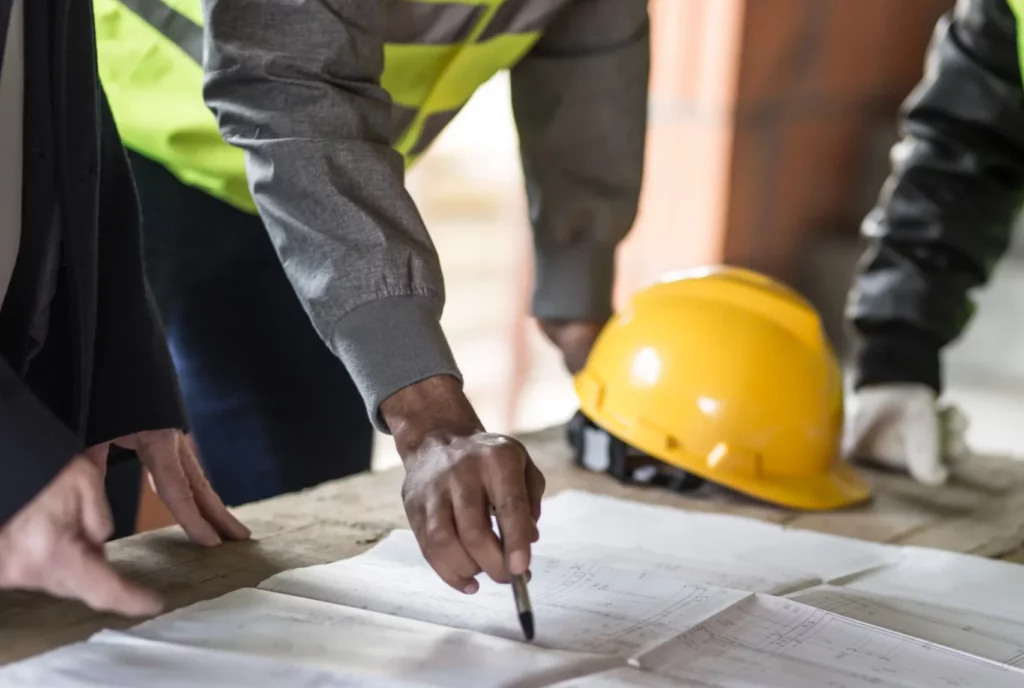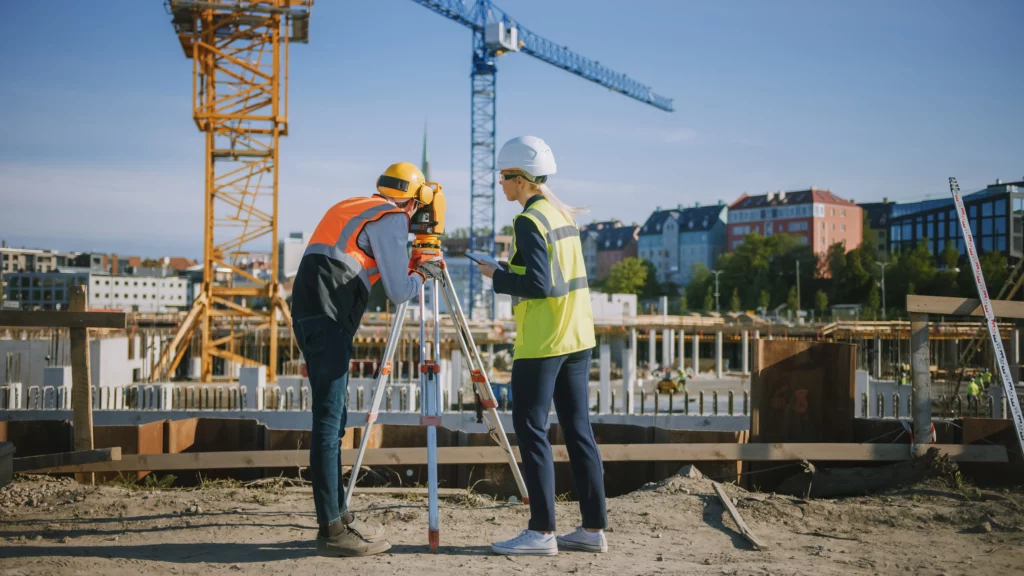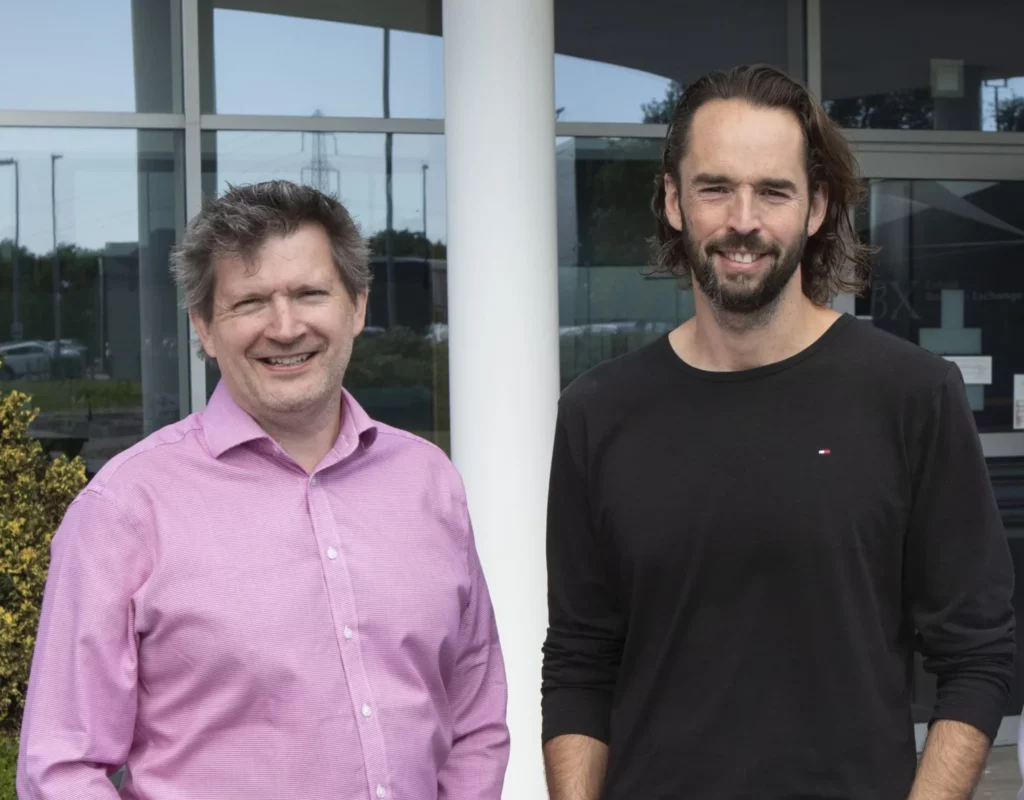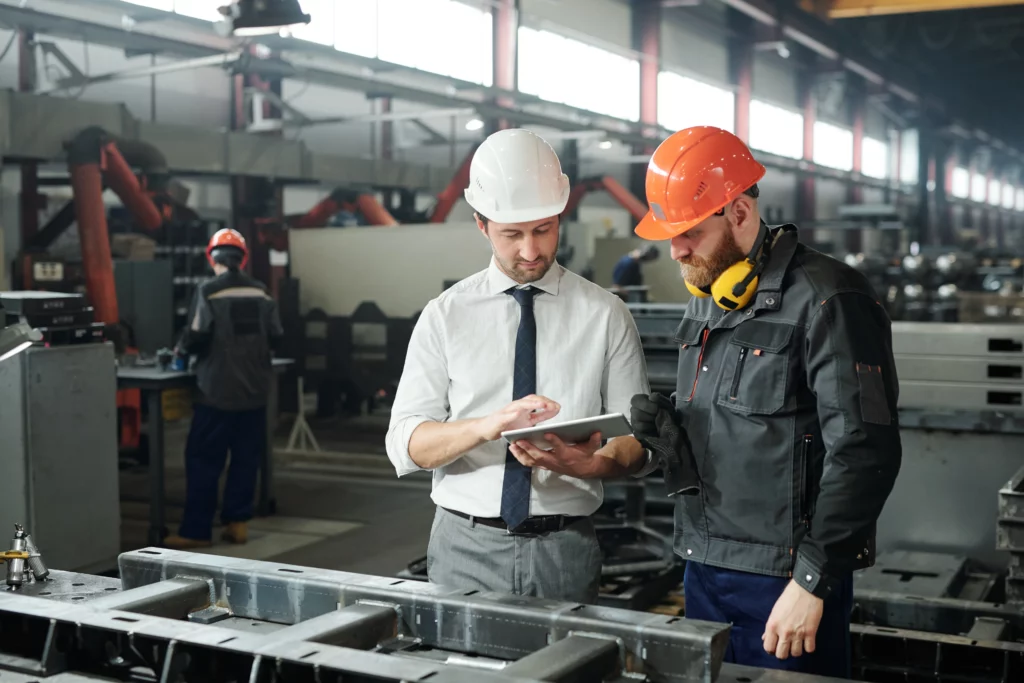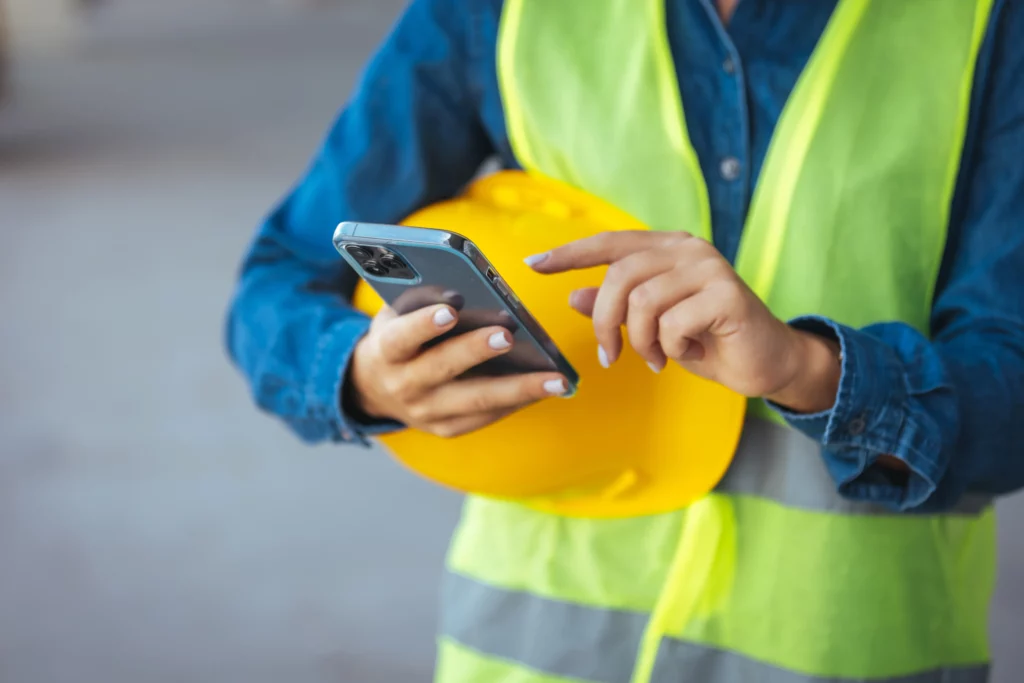Part 2
Please read part 1 before continuing, where we discussed Construction Design Management Regulations.
Who is the Principal Contractor?
“The Principal Contractor (Main Contractor) is the contractor in overall control of the construction phase on projects with more than one contractor. They are formally appointed by the Client and there should only be one Principal Contractor for a project at any one time. The Principal Contractor is responsible for managing health and safety risks on the construction site.
The term project is used to describe any construction, building, infrastructure repair or maintenance work, whether on a fixed or transient site.
The Principal Contractor must be capable of carrying out the role and have the right skills, knowledge, and experience, dependent upon the nature of the work, as well as the range and nature of health and safety risks involved.
The Principal Contractor liaises with the Client and Principal Designer throughout the project, including during the pre-construction phase (once selected).
There are two important phases of a project: before and during construction or building work. This guide refers to them as:
- Pre-Construction Phase: the inception, design and planning stage of a project (before the construction or building work starts), although it is acknowledged design and planning continues into and through the construction phase
- Construction Phase: the start-to-finish stage of the construction or building work
The Principal Contractor is a key duty holder (within CDM 2015) who is responsible for managing health and safety on the construction site. The term ‘managing’ includes planning, monitoring and coordinating the construction phase so that health and safety risks are controlled. Key actions include:
- Planning: preparing a Construction Phase Plan (CPP) that ensures the work is carried out without risk to health or safety.
- Managing: implementing the plan, including facilitating co-operation and co-ordination between contractors. This includes ensuring that all Trade Contractors appointed are competent to carry out the works on site, this may include the issuing of PQQ’s (Pre-Qualification Questionnaire) to all Contractors. The purpose of a PQQ is to confirm the Trade Contractors competency to conduct the works in accordance with statutory/best practice requirements. This could include the requirement for external accreditation
- Monitoring: reviewing, revising, and refining the plan and checking work is being carried out safely and without risks to health. The Principal Contractor will monitor all Trade Contractors on site to ensure that they are conducting their works in accordance with the agreed SSOW (Safe System of Works) – Method Statement. In relation to Method Statements (often called RAMS – Risk Assessments & Method Statements), they should be submitted by the Trade Contractors to the Principal Contractor for review prior to commencing works. This will allow the Principal Contractor to ensure that all work activities are being carried out safely.More and more Principal Contractors (Main Contractors) have implemented an electronic safety reporting system, where all Trade Contractors can upload their RAMS, safety inspections/audits and report accidents/near misses/hazards on site. This will enable the Principal Contractor to monitor safety compliance more effectively. Notify Technology can provide a solution that meets and exceed this requirement.
- Securing the site: taking steps to prevent unauthorised access to the site by using fencing and other controls, such as safety signage and security access measures. In relation to securing the site to commence work the Principal Contractor also has a duty to ensure that the site is left in a safe condition, so far as reasonably practicable, at the end of each working day.
- Providing welfare facilities: making sure that suitable facilities are provided throughout the construction phase. The duty to ensure that welfare facilities are being provided actually rests with the Client, however, it is the duty of the Principal Contractor to implement and ensure that the agreed facilities are provided in accordance with CDM 2015 requirements.
- Providing site induction: giving workers, visitors and others information about risks and rules that are relevant to the site work and their work. All workers entering a project must either attend a site-specific training induction or be escorted for their time on-site by a person who has been inducted (normally restricted for visitors only).
- Liaising on design: discussing with the Principal Designer any design or change to a design. This includes permanent works design and temporary works design:
- Permanent Works Design – Permanent Works means the works having a permanent function in the building.
- Temporary Works Design – Temporary works provide an engineered solution that is used to support or protect a building during the construction or facilitate access and egress for the works to be conducted.
Overall, the Principal Contractor has a huge role to play in ensuring legal compliance (CDM 2015), making sure that all works are being conducted in a safe manner and ensuring that the project is delivered in accordance with the clients’ requirements.
The full series covering CDM Compliance
- Part 1: CDM 2015
- Part 3: CDM Requirements for Trade Contractor Appointments
- Part 4: CPP documentation and compilation
- Part 5: RAMS
- Part 6: Safety Documentation
- Part 7: HS File Requirements (Bonus blog)
Sources for this blog:
Construction (Design and Management) Regulations – CITB
Construction – Construction Design and Management Regulations 2015 (hse.gov.uk)


































